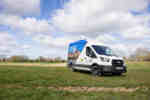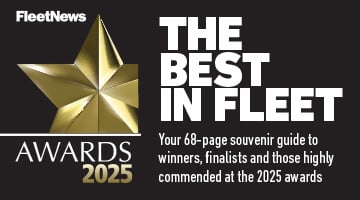The move is aimed at ending confusion over the tax treatment of double-cabs – pick-up trucks with two rows of seats and four doors.
Previously, double-cabs used as a replacement for a car were taxed as a car, but if their pick-up load areas were used for commercial purposes they qualified as vans. The difference in tax due from the driver was substantial. As a car, a double-cab would be taxed on a percentage of its price, determined by its carbon dioxide emissions (although many do not have type-approved CO2 emissions, so are taxed according to the size of their engine).
This means a typical 2.5-litre diesel-engined model, costing £16,000, would have a tax liability of 35% of its P11D price, leaving the driver with a benefit charge of £5,600 and an annual tax bill of £1,232 for a 22% tax- payer and £2,240 for a higher rate tax-payer.
But if the vehicle were classed as a commercial vehicle, the driver would pay tax on the standard van benefit charge of £500, meaning an annual tax bill of £110 for a lower rate tax payer and £200 for a 40% tax payer.
To avoid this confusion, the Inland Revenue has adopted the same rules as Customs & Excise for determining car and van status.
If a double-cab has a payload of more than one tonne it is classified as a van for tax purposes and if the payload is less than one tonne it is classed as a car. However, hardtops for the payload area are deemed to weigh 45kgs, so a double cab must have a payload of 1045kgs to qualify as a van.
Carolyn Mason, Inland Revenue policy adviser, said: 'The change has been allowed while we conduct a complete review of van taxation.'
However, calls by Fleet News to four tax offices produced different answers on the tax treatment of double-cabs.
A spokesman for the Manchester office said: 'You cannot immediately answer one way or the other. All rulings are made on an individual basis.'
In the Peterborough office, a tax advisor said: 'Classification is down to your employer, as it has more information on whether it is a commercial vehicle or not.'
And the Edinburgh and Carlisle tax offices reported that a vehicle needed a carrying capacity of one tonne or more to fit in with Customs & Excise rules to qualify as a van.
















Login to comment
Comments
No comments have been made yet.